
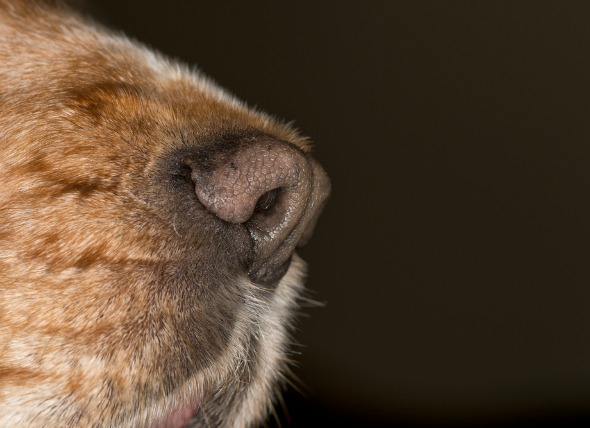
A chondrosarcoma (CSA) is the second most common primary tumor in dogs, accounting for ten percent of all primary bone tumors. This is a malignant, invasive and fast spreading tumor in dogs. A CSA of the nasal and paranasal sinuses arises from the mesenchymal tissue, a connective collagenous tissue that is found throughout the body, and metastasizes to other parts of the body, including the nasal bones. It usually occurs on one side of the nasal cavity and extends to the other side over time.
Breeds that have been reported to be predisposed to nasal tumors are German short-haired pointers, German shepherds, keeshonds, basset hounds, collies, old English sheepdogs, Shetland sheepdogs, and Airedale terriers. Dolichocephalic breeds are at higher risk than brachycephalic dogs, males are more predisposed than females, and older dogs are more likely to be affected. In addition, it is believed that animals in urban areas may be more at risk for developing nasal tumors than animals in rural areas. The average age reported is seven years and older.
The exact cause is still unknown but because there is some anecdotal evidence that urban animals are at higher risk or nasal tumors, suggesting an association with pollution.
Your veterinarian will need a complete background medical history leading up to your dog's disease symptoms. Routine blood tests include a complete blood count, biochemistry profile, urinalysis and platelet count. The results may show normal levels. Your veterinarian will also examine the blood samples for evidence of fungal or bacterial infections. Aspergillus is sometimes found in dogs with nasal tumors.
Radiographic studies can be helpful in confirming the diagnosis, but even this type of diagnostic method is challenging. Computed tomography (CT) scans and magnetic resonance imaging (MRI) will often produce a more substantial image of the extent of invasion. An endoscope -- a tubular device with an attached camera that allows for a closer look at the diseased area -- can also be used examine the internal structure of the nasal canal, and may also be used to collect tissue specimens for biopsy, but because of the small space, this can be difficult. Other methods for collecting tissue and fluid samples may be employed, including fine needle aspiration, and suction. Biopsy is the only way to conclusively diagnose nasal cancer.
Your veterinarian may also take radiographs of other areas of the body to evaluate if metastasis is taking place.
This is highly aggressive and life-threatening tumor that will need prompt treatment in most cases. Because of the area being considered, surgery can be dangerous. Radiation therapy is the treatment of choice for nasal tumors. Radiotherapy may also help in prolonging the life spans in those dogs in which tumors are inoperable. Because fungal or bacterial infections are commonly associated with this type of tumor, the use of antibiotics, or anti-fungal medications may be used to make the treatment more effective. Chemotherapy is also recommended for some dogs, but its long term effectiveness has not yet been evaluated for CSA in veterinary patients.
You may be advised to revisit your veterinarian every three months for follow-up exams. Your veterinarian will evaluate your dog to see if any metastasis has occurred during this time. Routine X-rays will be taken of the affected part and other body areas to check for recurrence and spread of the tumor. The decision to go forward with surgery or chemical therapy will be based on the actual prognosis at any given point during treatment. In some cases, end of life pain management may be in order.
Always seek advice and instructions from a veterinary oncologist before giving chemotherapy medications, as these drugs are highly toxic to human health. Pregnant women in particular should take extra care while administering chemotherapeutic drugs to their pets. Chemotherapy medications have the possibility of toxic side effects, so your veterinarian will need to closely monitor your dog's stability, changing dosage amounts as necessary.
Good nutritional support is essential in these patients for ensuring maintenance of body weight and condition. It is important to monitor your dog's food and water intake while it is recovering. After surgery, your dog will very likely not have much of an appetite, and will not want to eat or drink in great quantities. It may be necessary to temporarily use a feeding tube placed directly into the stomach so that it is getting all of the nutrition it needs to completely recover. Your veterinarian will show you how to use the feeding tube correctly, and will assist you in setting up a feeding schedule.
After surgery, you should expect your dog to feel sore. Your veterinarian will give you pain medication for your dog to help minimize discomfort, and you will need to set up a place in the house where your dog can rest comfortably and quietly, away from other pets, active children, and busy entryways. Trips outdoors for bladder and bowel relief should be kept short and easy for your dog to handle during the recovery period. Use pain medications with caution and follow all directions carefully; one of the most preventable accidents with pets is overdose of medication.
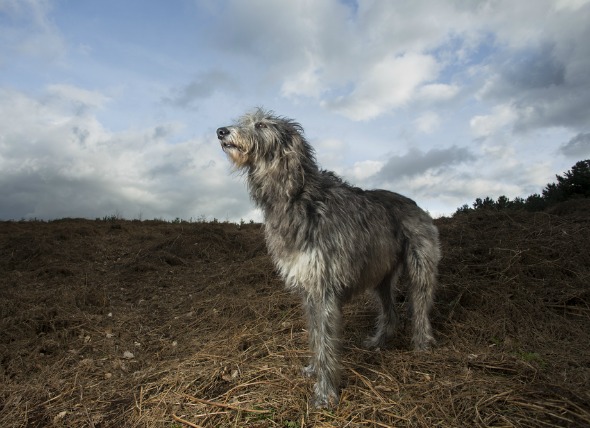 Bone Deformity and Dwarfism in Dogs
Osteochondrodysplasia and Achondroplasia in Dogs
Bone Deformity and Dwarfism in Dogs
Osteochondrodysplasia and Achondroplasia in Dogs
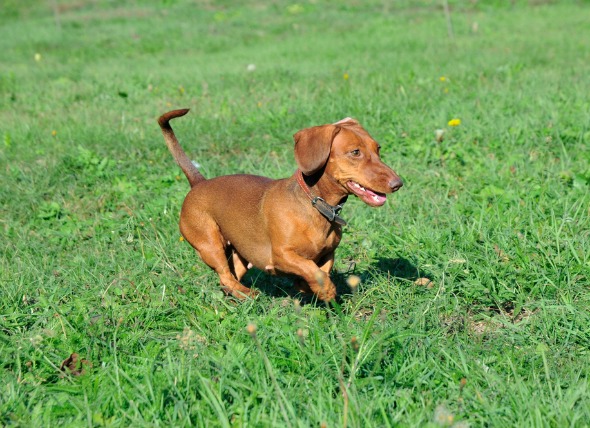 Vaginal Inflammation in Dogs
Vaginitis in Dogs
The term vaginitis refers to in
Vaginal Inflammation in Dogs
Vaginitis in Dogs
The term vaginitis refers to in
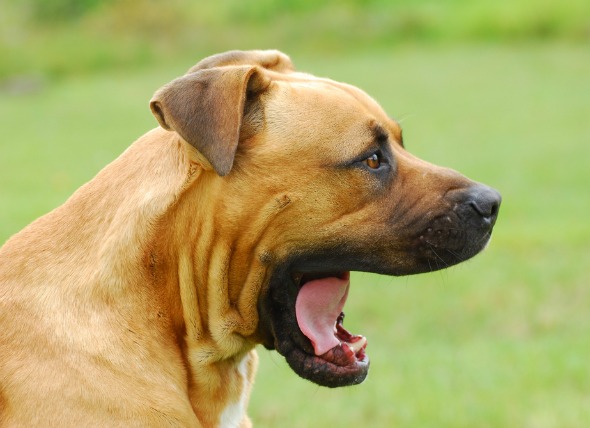 Fractures of Upper Jaw and Lower Jaw in Dogs
Maxillary and Mandibular Fractures in Dogs
The ma
Fractures of Upper Jaw and Lower Jaw in Dogs
Maxillary and Mandibular Fractures in Dogs
The ma
 Breathing Problem in Short-Nose Breed Dogs
Brachycephalic Airway Syndrome in Dogs
Brac
Breathing Problem in Short-Nose Breed Dogs
Brachycephalic Airway Syndrome in Dogs
Brac
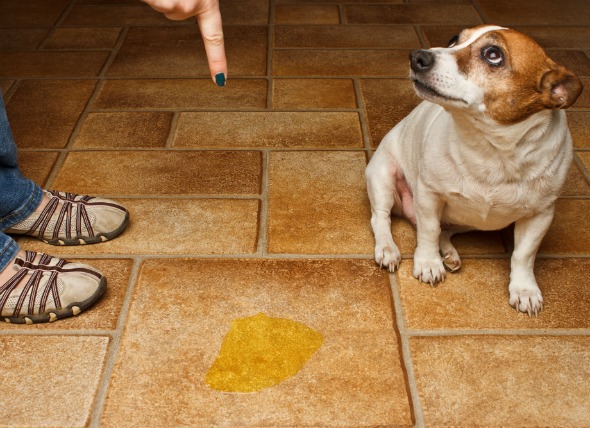 Urinary Tract Infection, Lower (Bacterial) in Dogs
Bacterial Infection of Bladder and/or Urethra in
Urinary Tract Infection, Lower (Bacterial) in Dogs
Bacterial Infection of Bladder and/or Urethra in
Copyright © 2005-2016 Pet Information All Rights Reserved
Contact us: www162date@outlook.com